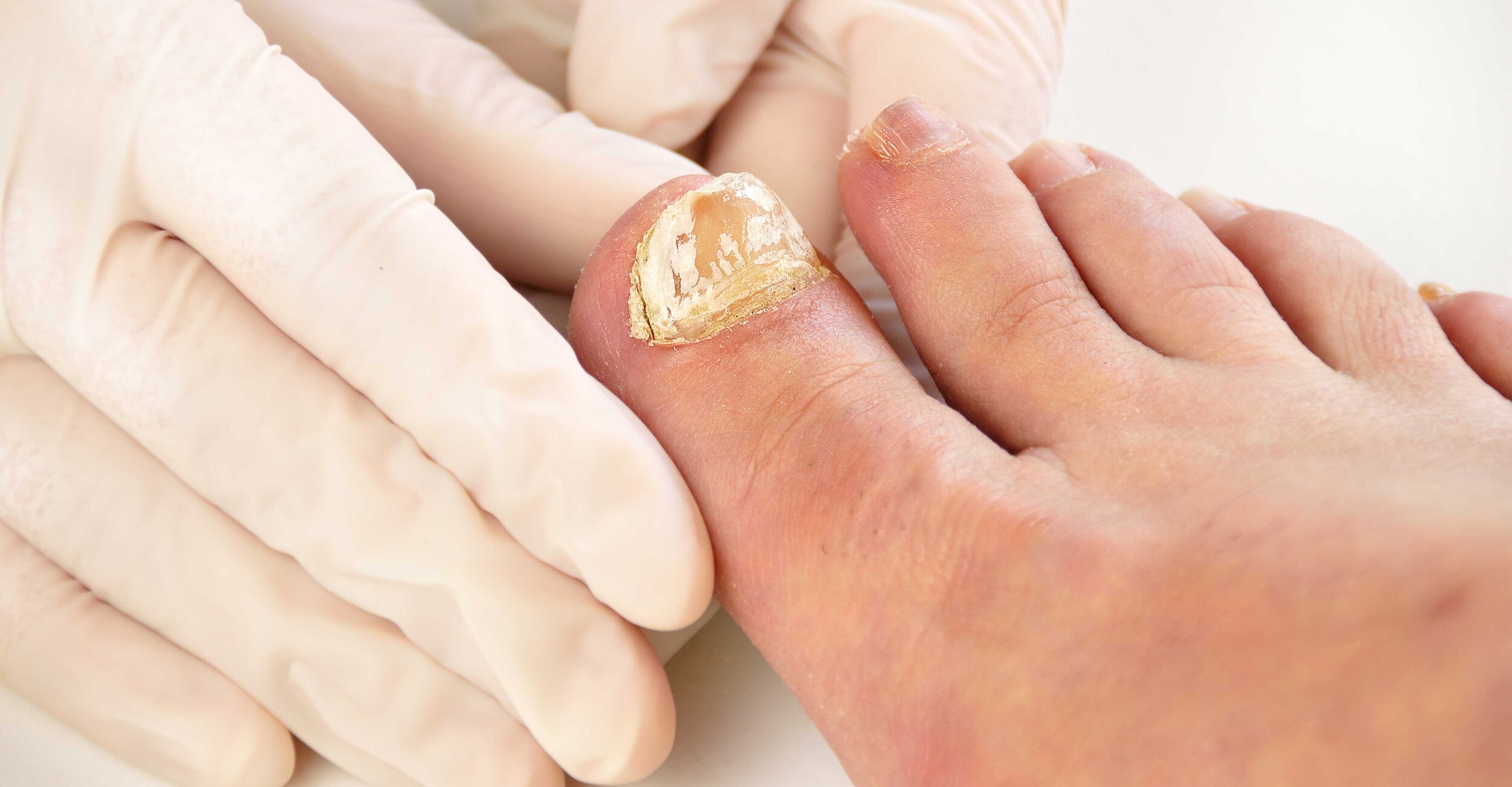
Toenail Fungus
Toenail fungus infects the area under your nails. At first, the infection is usually limited to a single small area under the tip of your nail but then spreads deeper into your skin.
Toenail fungus is the same species of fungus as athlete’s foot. However, athlete’s foot affects the skin between your toes and on your feet. If you have athlete’s foot, the fungus may spread to your toes.
Eventually, toenail fungus damages your nails. If left untreated, the infection easily spreads to other nails, and may even lead to nail loss.
Signs and Symptoms
White, yellow, or brown discoloration spots, which start at the tip of the nail and spread throughout
Thickened nails
Nails turning white and feeling powdery to the touch
A buildup of debris under your nails
Detachment of nails from the nailbed
Ragged toenail edges
Split or crumbling nails
Odor emanating from your nails
Prevention
Thoroughly wash and dry your feet every day, including between your toes
Don’t go barefoot in public, and wear shower shoes in damp, warm, shared environments like locker rooms
Wear clean socks every day and rotate pairs of shoes
Remove your shoes and socks as soon as possible if you’ve been sweating
Trim your nails straight across
Never share footwear or nail clippers
Diagnosis and Treatment
If you have toenail fungus, Dr. Hanawalt first prescribes antifungal medication, including oral medication, topical creams, or ointments. She may prescribe both an oral and a topical medication for you to take together.
If a course of antifungal medication doesn’t clear the infection, Dr. Hanawalt may recommend laser treatment to destroy the fungus. She offers the HyperBlue™ laser system, which effectively destroys nail fungus without affecting the surrounding area.
Your podiatrist can remove the toenail surgically, if necessary, but that's usually reserved for toenail fungus that doesn't respond to nonsurgical treatments.